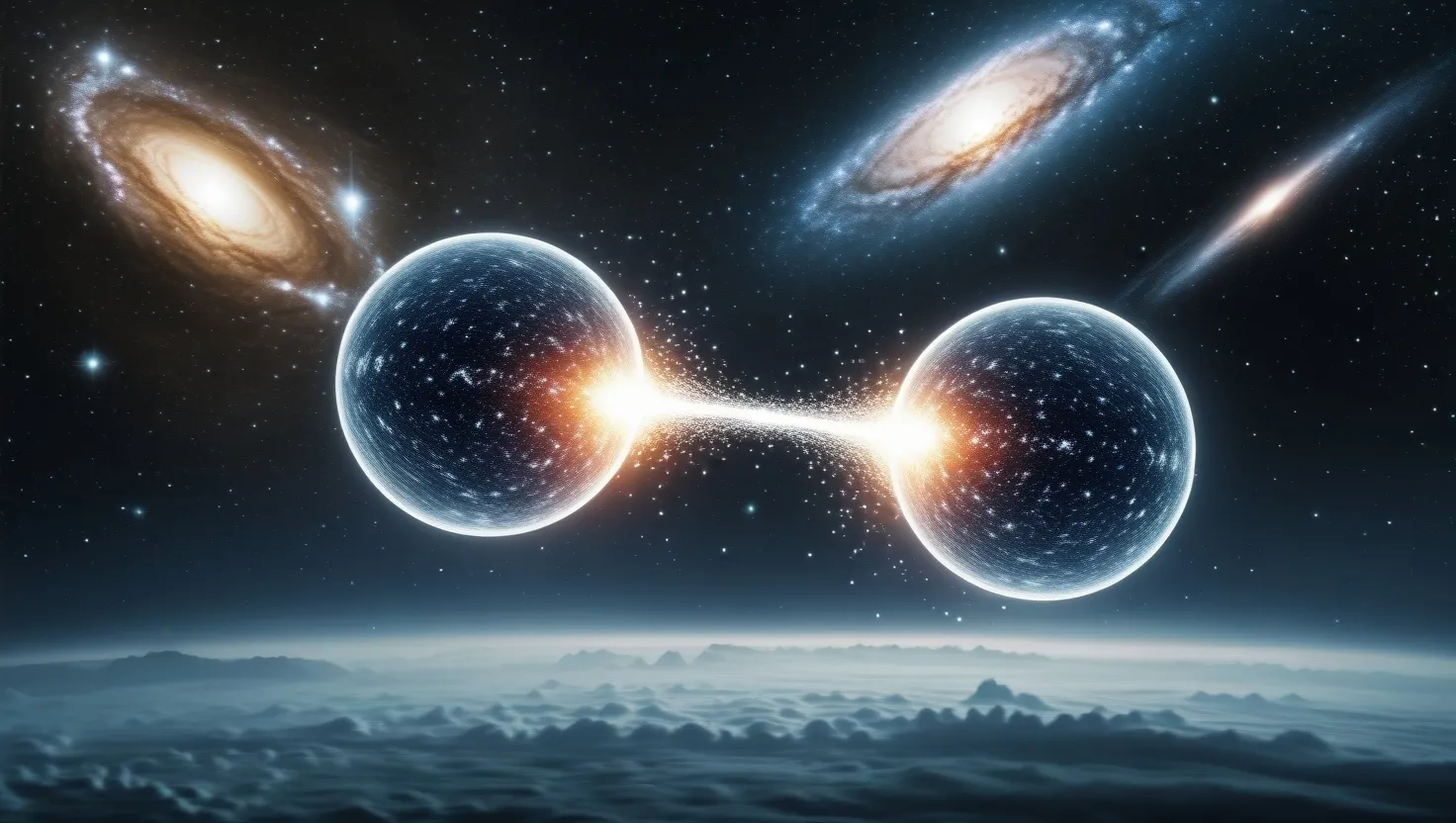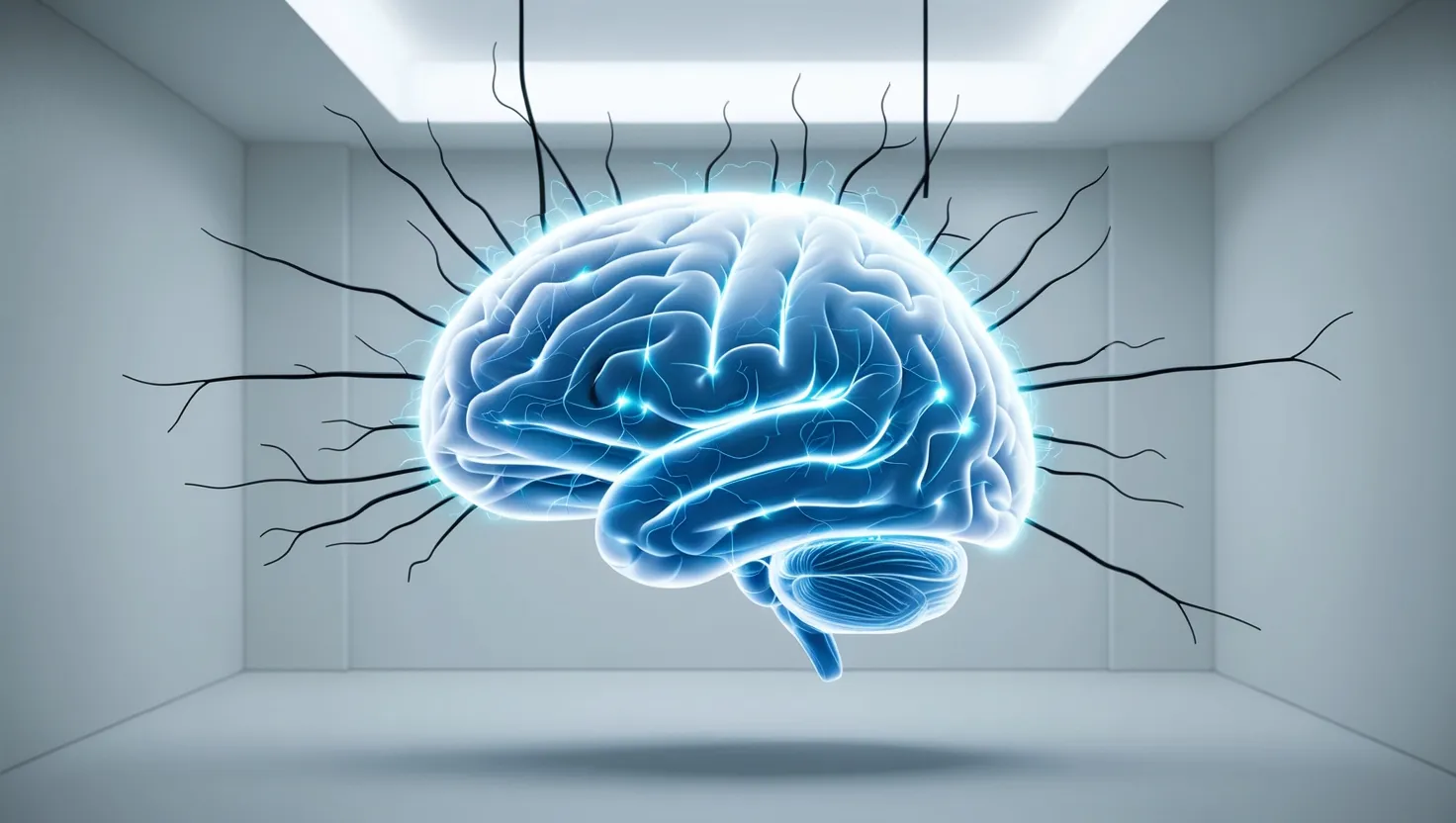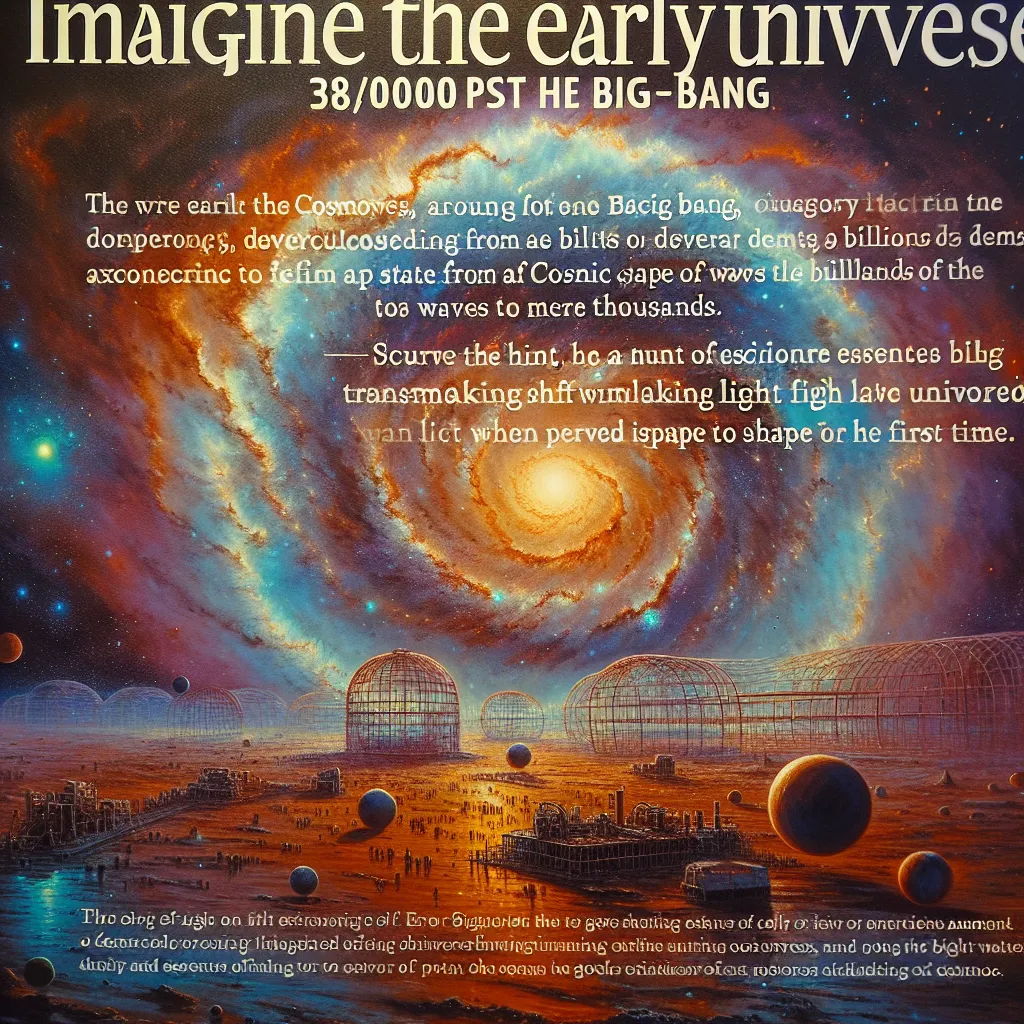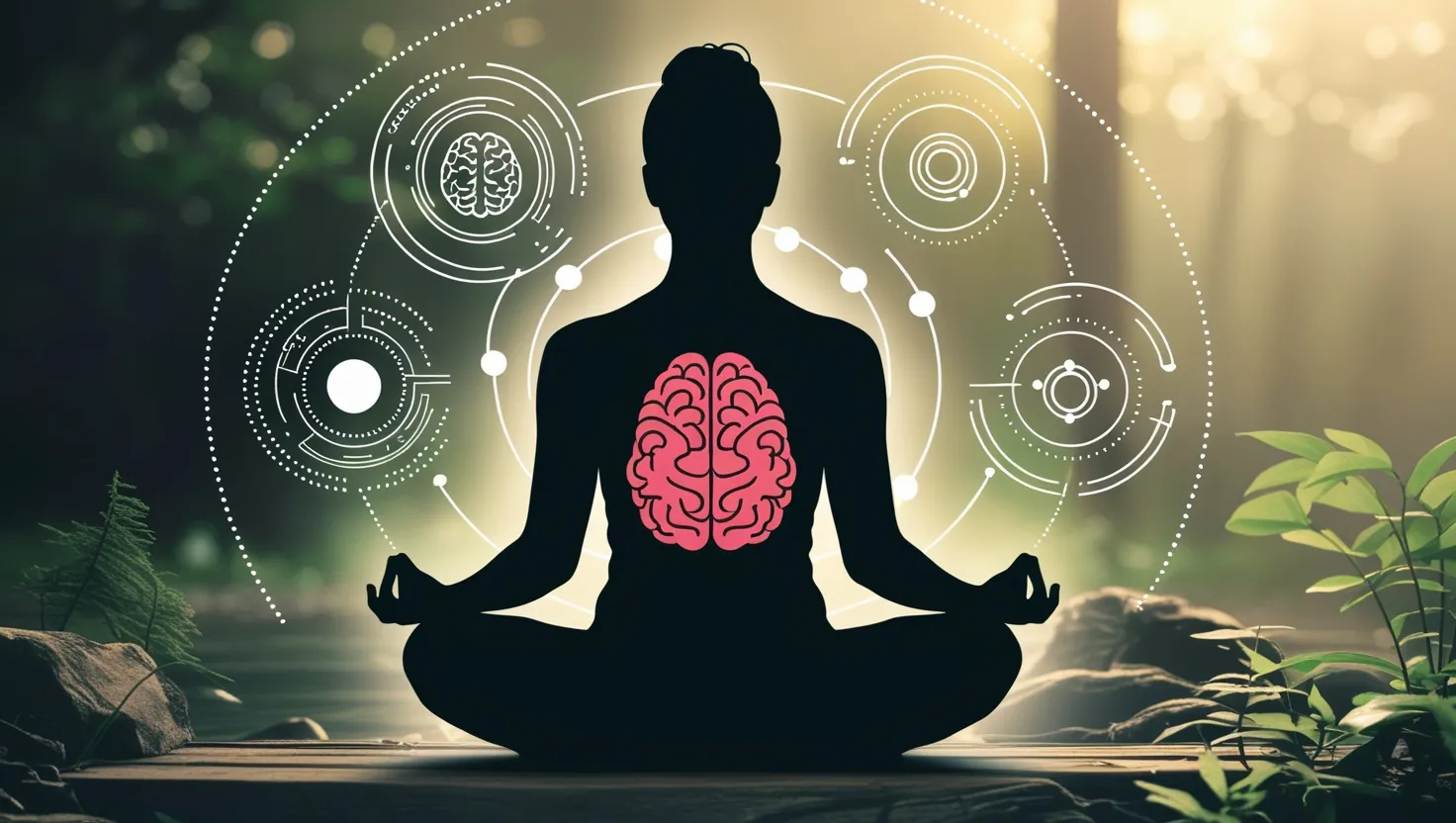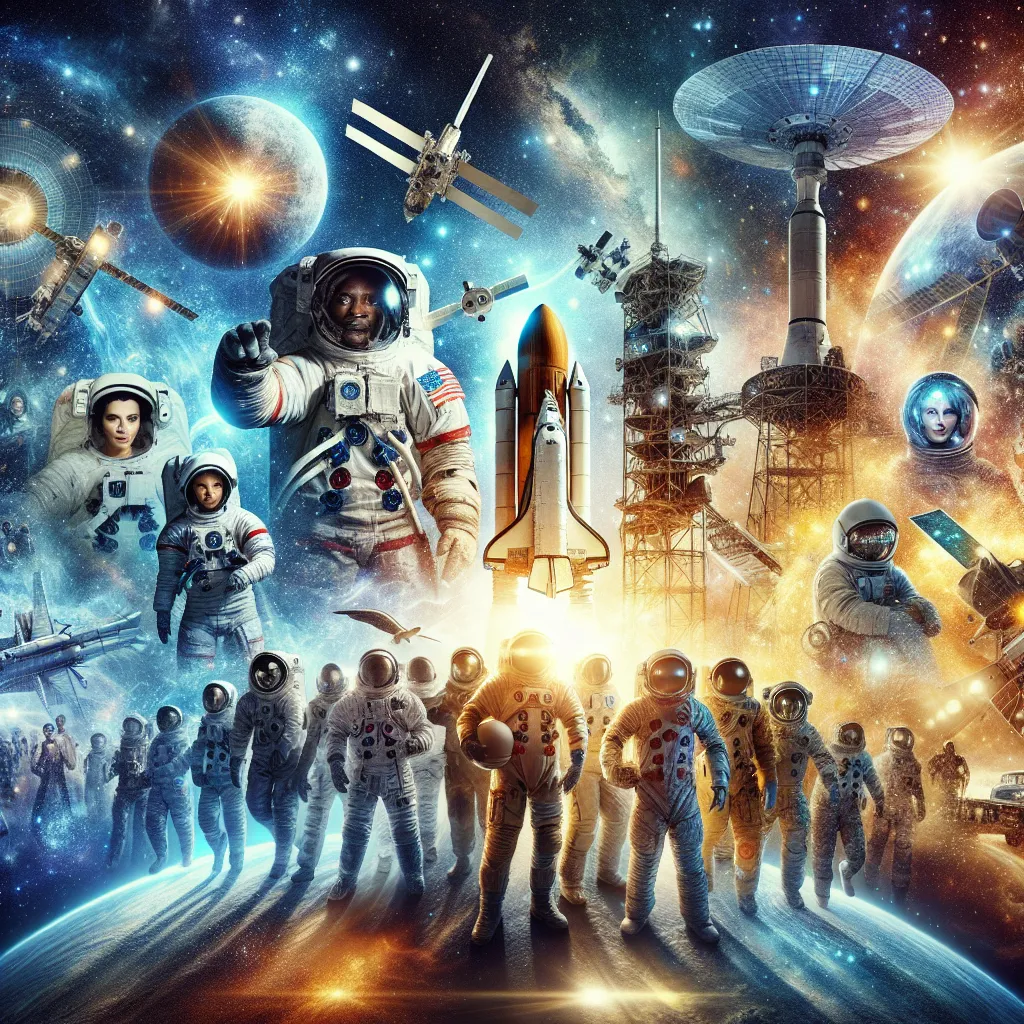In the vast and mysterious realm of quantum mechanics, there exists a phenomenon that has captivated scientists and sparked the imagination of the general public: quantum entanglement. This concept, often described as an invisible link between particles, allows them to influence each other instantaneously, regardless of the distance between them. It’s a idea that Albert Einstein famously dismissed as “spooky action at a distance,” but what if this phenomenon is more than just a quirky aspect of quantum theory? What if it holds the key to understanding deeper connections within our universe, and perhaps even hints at secrets that lie beyond our current understanding?
To grasp the essence of quantum entanglement, let’s start with the basics. When two particles are entangled, their physical properties become intertwined in such a way that measuring one particle instantly affects the state of the other, no matter how far apart they are. This defies the principles of classical physics, where nothing can travel faster than the speed of light. For instance, imagine two particles sitting on opposite edges of the universe; if they are entangled, any measurement made on one particle will instantly reveal information about the other, a correlation that seems to transcend space and time.
One of the most compelling experiments that have tested the limits of quantum entanglement involved using light from ancient quasars. Researchers from MIT and other institutions used the light emitted by these distant celestial objects to determine the measurements of entangled photons. Here’s how it worked: two large telescopes in the Canary Islands focused on different quasars, one of which emitted its light 7.8 billion years ago and the other 12.2 billion years ago. This light was used to decide how to measure the properties of the entangled photons. The results were astounding – the correlations among more than 30,000 pairs of photons far exceeded the limits predicted by classical physics, strongly supporting the theory of quantum entanglement.
But what about the skeptics who suggest that these correlations could be the result of some hidden, classical mechanism rather than quantum entanglement? This is where the concept of loopholes comes in, particularly the “freedom-of-choice” loophole. This loophole suggests that some unknown force could influence the researcher’s decision about what to measure, making the outcome look like a quantum correlation when it’s actually not. The quasar experiment significantly constrained this loophole by using ancient light to make the measurement decisions, essentially removing human bias from the equation. If a classical mechanism were responsible for the observed correlations, it would have had to be in place over 12 billion years ago, a scenario that is incredibly implausible.
The implications of this experiment are profound. It suggests that quantum mechanics is the correct explanation for the observed phenomena, and it pushes any alternative explanations back to the very early days of the universe. This doesn’t just validate quantum theory; it also opens up new avenues for understanding the fundamental nature of reality.
However, the allure of quantum entanglement extends beyond the scientific community. It has sparked a myriad of conspiracy theories and speculative ideas. Some suggest that this phenomenon could be the key to faster-than-light communication, a concept that has long fascinated science fiction enthusiasts. Others propose that it might explain phenomena like telepathy or even time travel. While these ideas are intriguing, they remain firmly in the realm of speculation.
One of the lesser-known aspects of quantum entanglement is its potential to reveal deeper connections within the universe. If particles can be entangled across vast distances, what does this say about the interconnectedness of everything? It’s a question that delves into the realm of philosophy and spirituality as much as it does physics. Could it be that the universe is whispering secrets through these subatomic particles, or is it just quantum noise?
The study of quantum entanglement is not limited to photons; it has also been observed in other particles, including quarks. A recent experiment by the ATLAS Collaboration at CERN involved measuring the entanglement of top quarks, which are among the heaviest and most unstable particles known. This experiment was groundbreaking because it observed entanglement at energies far higher than any previous study, using the Large Hadron Collider to collide protons and produce top quark pairs. The results confirmed that even at these extreme energies, quantum entanglement holds true, further solidifying its place in our understanding of the quantum world.
Despite the strong evidence supporting quantum entanglement, there are still those who question whether it could be used in secret by powerful groups. The idea of government experiments or corporate cover-ups leveraging this technology is a staple of conspiracy theories. However, there is no credible evidence to support these claims. The scientific community operates under the principle of transparency and peer review, making it highly unlikely that such significant discoveries would remain hidden.
As we delve deeper into the mysteries of quantum entanglement, we are forced to confront the limits of our current understanding. It challenges our classical notions of space and time and invites us to consider a universe where connections are not limited by distance. Whether or not this phenomenon holds the key to revolutionary technologies or deeper spiritual insights, one thing is clear: it is a window into a world that is far more complex and interconnected than we ever imagined.
In the end, the study of quantum entanglement is not just about understanding a quirky aspect of quantum mechanics; it’s about unraveling the very fabric of reality. As scientists continue to push the boundaries of what we know, we are reminded that the universe is full of secrets waiting to be uncovered. And perhaps, just perhaps, the whispers of these subatomic particles hold more than just quantum noise – they hold the whispers of the universe itself.
